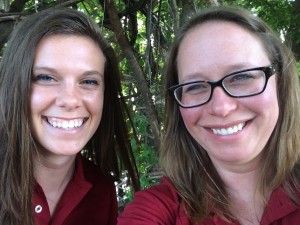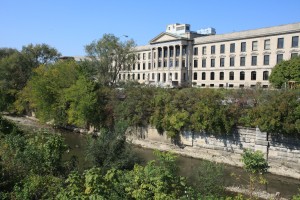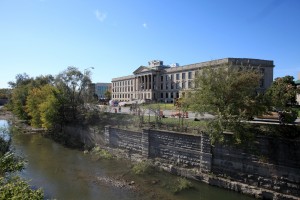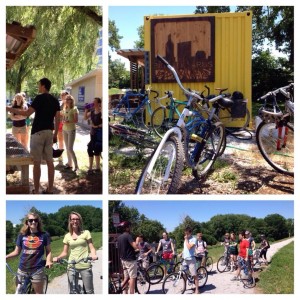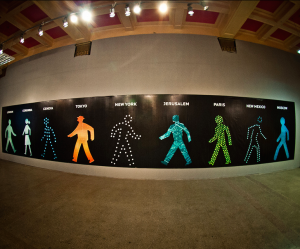Sharing is a necessary practice for human beings. Imagine what would happen if major roads were private; if all the coffee in the world stayed where it was produced (the horror!); if art and music were never performed for a crowd.
Sharing is critical to the beauty of life and to the success of the human race.
Yet this skill can still be a challenge to master, as any 3-year-old can serve as evidence. Understanding the perspective, desires, and values of another being or group of people isn’t easy. We seem to be hard-wired to prioritize what makes our own life easier.
So, how in the world does anything that requires a team get done?
Working closely with neighborhoods gives me a unique perspective on the priorities, challenges and values of many neighborhoods in Indianapolis. I love learning about what’s important to different neighborhoods. Yet, what I find fascinating is the number of issues and priorities that neighborhoods share. Here are a few examples:
Communities value the children and young people that live in their neighborhoods. They want children to feel included, considered, and valued. They want things for their kids to do and opportunities to keep them out of trouble.
Communities want better communication with city entities. They want investment in their neighborhood; but too often, it feels like they are the last to know about improvement plans for their neighborhood.
Community members recognize that context and a good understanding of their neighborhood’s history is essential to creating value. Character, respect for history, and people who have dedicated years of effort help make neighborhoods special.
Important issues require a great deal of collaboration (and time) to properly address the roots of the problem. What I would like to encourage is more cross-neighborhood collaboration, to increase the ideas, resources, passion, and voices that are working toward a solution, something better for the common good.
My hope is that the NSF project can be a catalyst for this approach and encourage others to think city-wide on how neighborhoods can come together to face their community’s challenges.
Molly Truebood is community organizer with the Center for Urban Ecology working on a project funded by the National Science Foundation.



